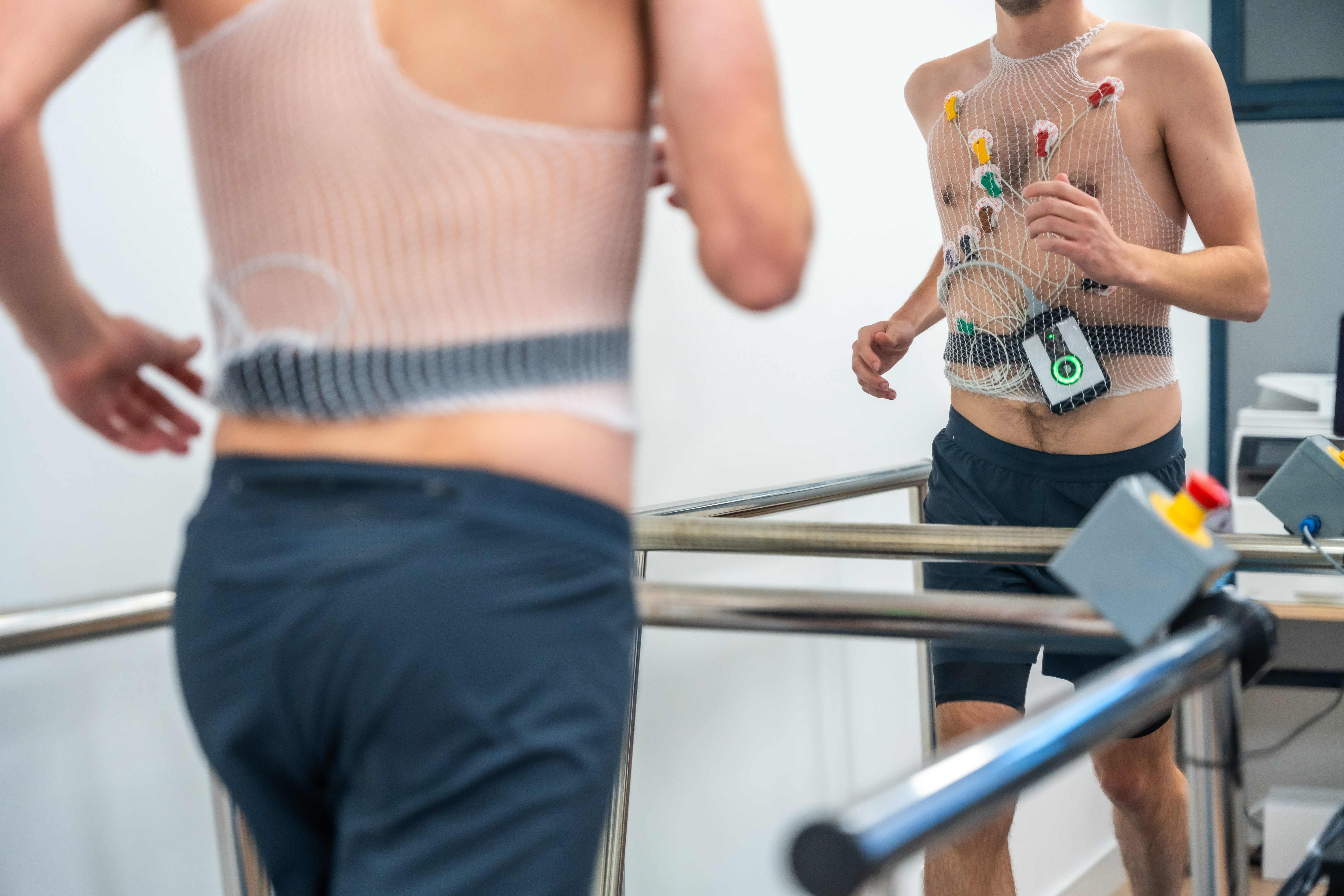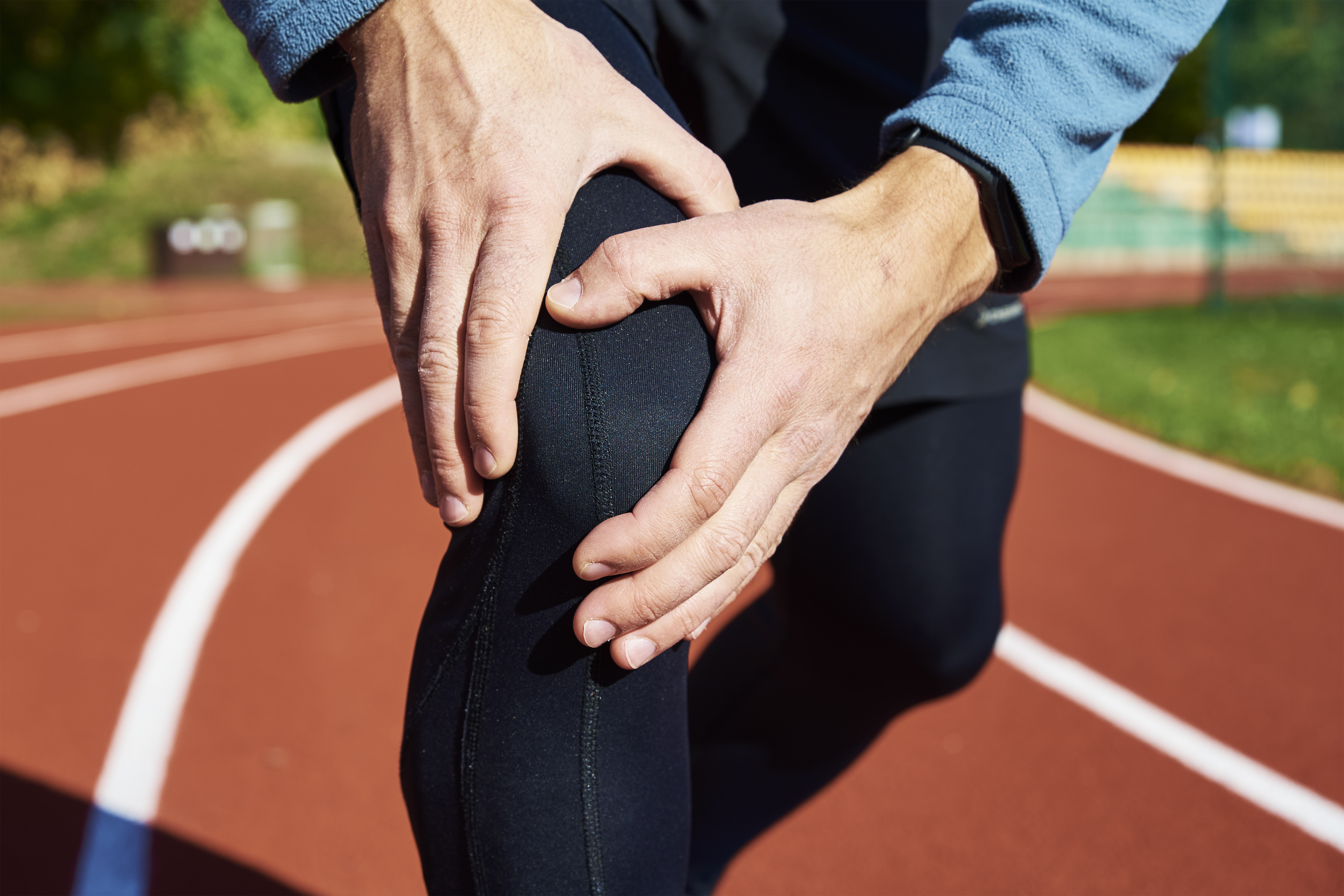10 Common Running Injuries and the Hidden Patterns Behind Them
Running is a universal activity that transcends age, culture, and geography. From the bustling streets of New York to the serene trails of the Swiss Alps, millions lace up their shoes daily, pursuing health, fitness, and sometimes, sheer joy. However, alongside the myriad benefits running offers, it comes with its own set of challenges, particularly injuries. These injuries, often invisible until they strike, can sideline even the most dedicated runners. Understanding the patterns underlying these injuries is crucial for prevention and effective treatment. This article delves into the hidden patterns behind the ten most common injuries affecting runners worldwide, providing insights into their causes, prevention strategies, and recovery methods. By unraveling these patterns, we aim to equip runners with the knowledge to stay on track, injury-free.
1. The Anatomy of Running: Understanding the Biomechanics

To understand running injuries, one must first grasp the biomechanics involved in running. Running is a complex interplay of various body parts working in harmony. The process begins with the foot striking the ground, followed by a chain reaction that involves the ankle, knee, hip, and spine. Each step requires precise coordination and balance, with muscles and tendons absorbing and releasing energy. However, when any part of this intricate system falters, it can lead to injuries. Overuse, improper form, or inadequate footwear can disrupt this balance, causing undue stress on certain areas. By understanding the biomechanics, runners can identify potential weak points, optimizing their form and equipment to prevent injuries.
2. Runner's Knee: The Most Prevalent Injury

Runner's knee, or patellofemoral pain syndrome, is perhaps the most common injury among runners. It manifests as pain around the kneecap, often exacerbated by activities like running, squatting, or climbing stairs. The causes of runner's knee are multifaceted, often involving a combination of overuse, muscle imbalances, and biomechanical errors. For instance, weak quadriceps or tight hamstrings can alter knee movement, increasing stress on the joint. Prevention strategies include strengthening exercises, stretching routines, and ensuring proper footwear. Understanding the underlying causes of runner's knee is essential for developing effective treatment plans and preventing recurrence.
